1. Common fault types and manifestations
The Electric Winch does not run / does not respond
Performance: There is no response when pressing the remote control button, the motor is silent, and the drum does not move.
Possible reasons:
The power supply is not connected correctly or the battery is low;
The remote control fails or has connection problems;
The control module is damaged internally or the relay is burned;
The motor is broken or burned internally.
The motor runs but the winch does not rotate
Performance: The motor sound can be heard after pressing the remote control, but the steel cable drum does not rotate or idles.
Possible reasons:
The clutch is not locked or slips;
The gearbox fails or breaks internally;
The drive shaft is not connected or slips out of the sleeve.
The winch makes abnormal noises when running
Performance: There is metal friction, clicking, and gear slipping when operating the winch.
Possible reasons:
The internal gears are severely worn or lack lubrication;
The fasteners are loose or the internal bearings fail;
Foreign objects enter the gearbox.

The cable is loose or not tight
Performance: The line is released or collected unevenly, and the steel cable is entangled, jumpered, and loose.
Possible causes:
The guide or roller is stuck;
The drum shaft is not level or the bearing is loose;
The controller is in the wrong direction, and the forward and reverse directions are mixed up.
The remote control is malfunctioning
Symptoms: The remote control is unresponsive or can only be operated in one direction.
Possible causes:
The remote control battery is low;
The controller signal receiver is damaged;
The control cable is damaged (for wired remote control);
The wireless signal is interfered with or not paired correctly.
2. Troubleshooting and repair methods
Check the power supply and circuit
Use a multimeter to test whether the battery output voltage is stable at the rated value (such as 12V/24V);
Clean the power terminal. If it is oxidized or loose, re-fix it;
Ensure that the ground wire is reliably connected to avoid loop blockage;
Check whether the fuse is blown. If it is damaged, replace it with a fuse of the same specification.
Check the controller and remote control
Replace the remote control battery and restart the device;
Disassemble the control box to check whether the relay is burned or has poor contact;
Use a wired remote control for troubleshooting. If the wired remote control can be used, the problem is mostly the wireless signal module;
Re-pair the wireless remote control. If it still fails, it is recommended to replace the controller motherboard.
Check the working status of the motor
If the motor has a "buzzing" sound but does not rotate, check whether it is stuck or blocked;
Remove the motor housing and check whether the carbon brush is worn to the limit (normal length is about 10mm or more);
Use a multimeter to measure whether the motor coil is connected. If there is no resistance, it may be burned;
Replacing the motor or carbon brush assembly can solve most motor problems.
Check the gear and clutch system
Make sure you hear a "click" sound when operating the clutch, indicating that the gear is locked;
Disassemble the gearbox to check if there are any missing teeth, cracks or dry grease;
After replacing the worn gear, reapply high-viscosity gear grease;
Check the gear lubrication status every six months.
Check the drum and guide
Clean up debris around the drum and the steel cable to prevent sand and stones from getting stuck on the guide wheel;
Check whether the guide roller can rotate smoothly. If it is stuck, add lubrication or replace it;
Avoid overlapping and knotting of cables. Manually guide the cable to be evenly distributed while operating;
Check the looseness of the fixing bolts. If the axis is offset, it will cause abnormal winding.
3. Maintenance suggestions
Maintaining the winch in good condition for a long time can significantly extend its service life and reduce sudden failures.
Daily maintenance:
Clean up mud and water stains after each use;
Wipe the steel cable with a dry cloth and check for broken wires or burrs.
Regular maintenance (recommended every 3-6 months):
Open the engine and gearbox to check the lubricating oil;
Replace the carbon brush (recommended to replace it once a year for those with high frequency of use);
Check the remote control buttons and signal stability;
Clean the wiring and relay contacts inside the electric control box.
Storage suggestions:
Disconnect the power supply when not in use for a long time to avoid battery discharge;
Store the winch in a dust cover or tool box;
Avoid corrosive environments such as humidity and salt spray.

 ENG
ENG
 English
English русский
русский Español
Español

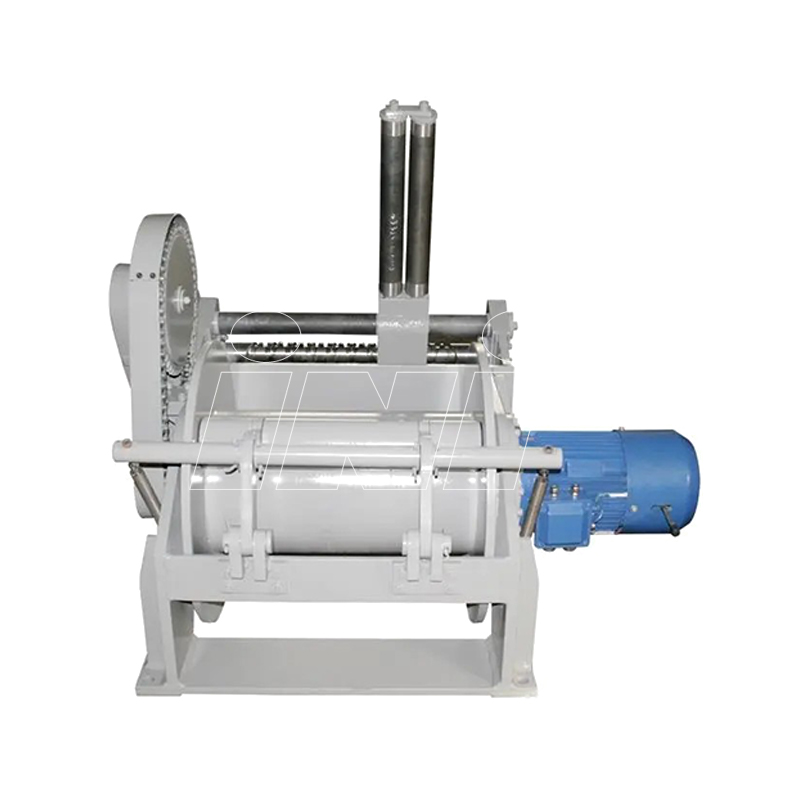
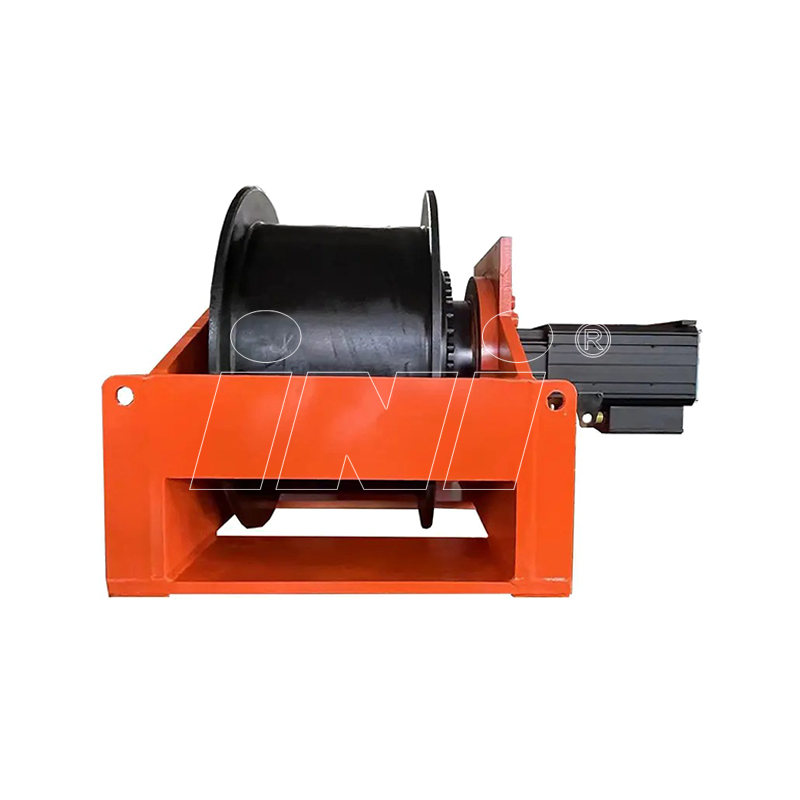

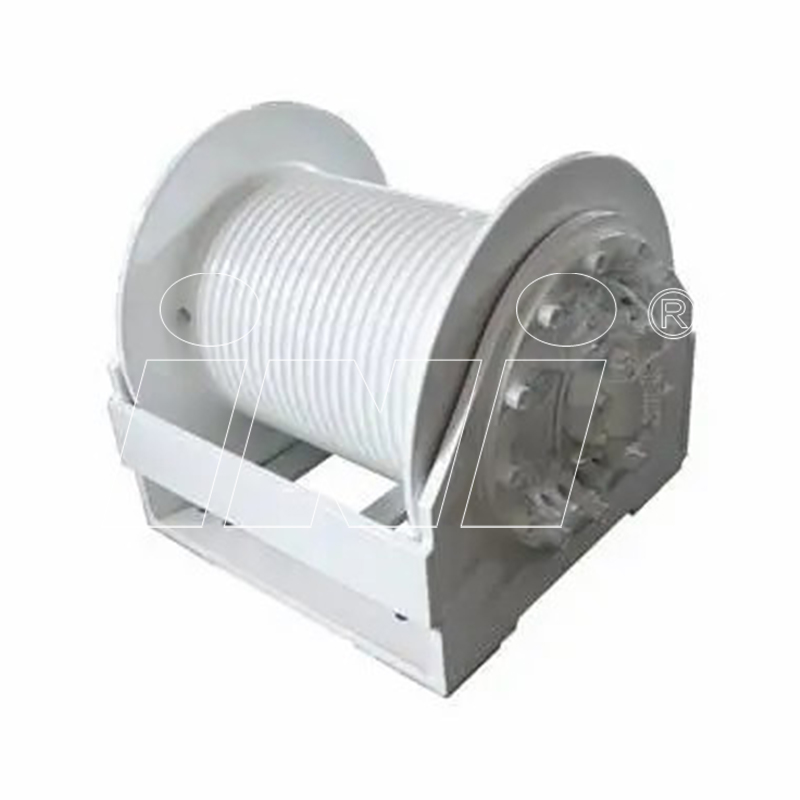
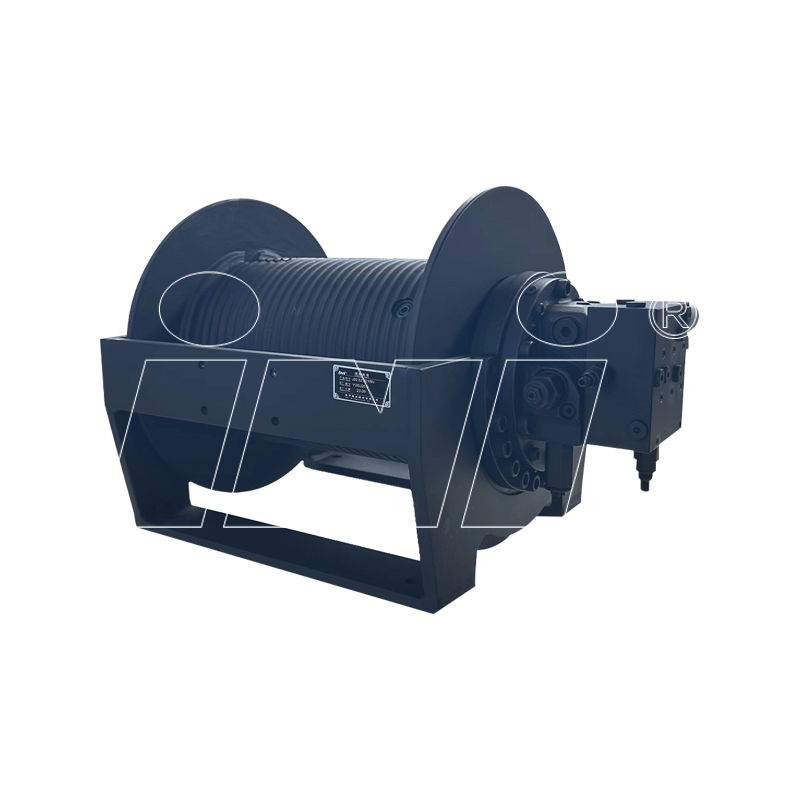
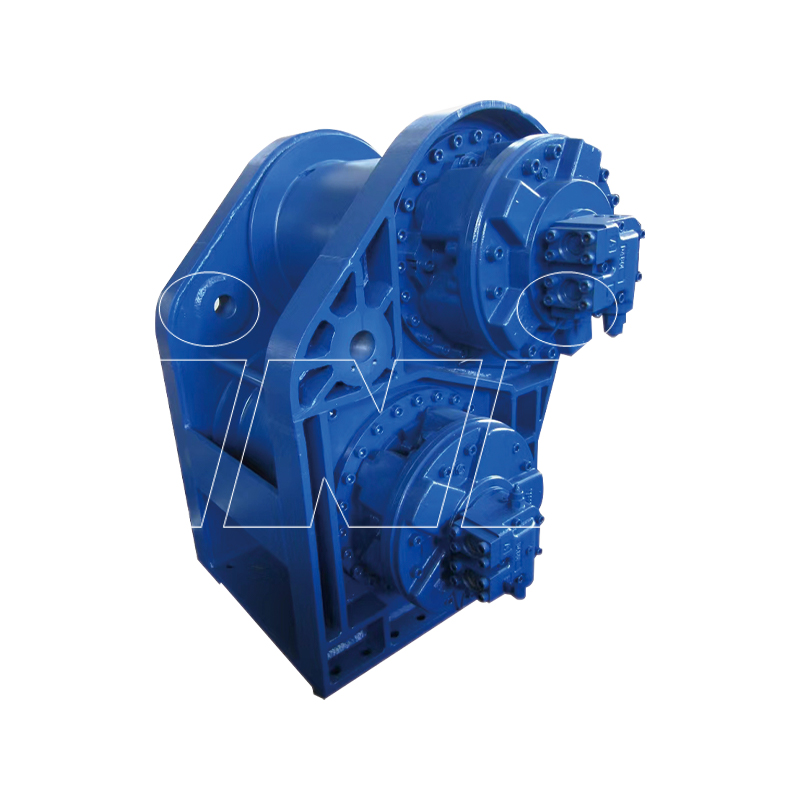

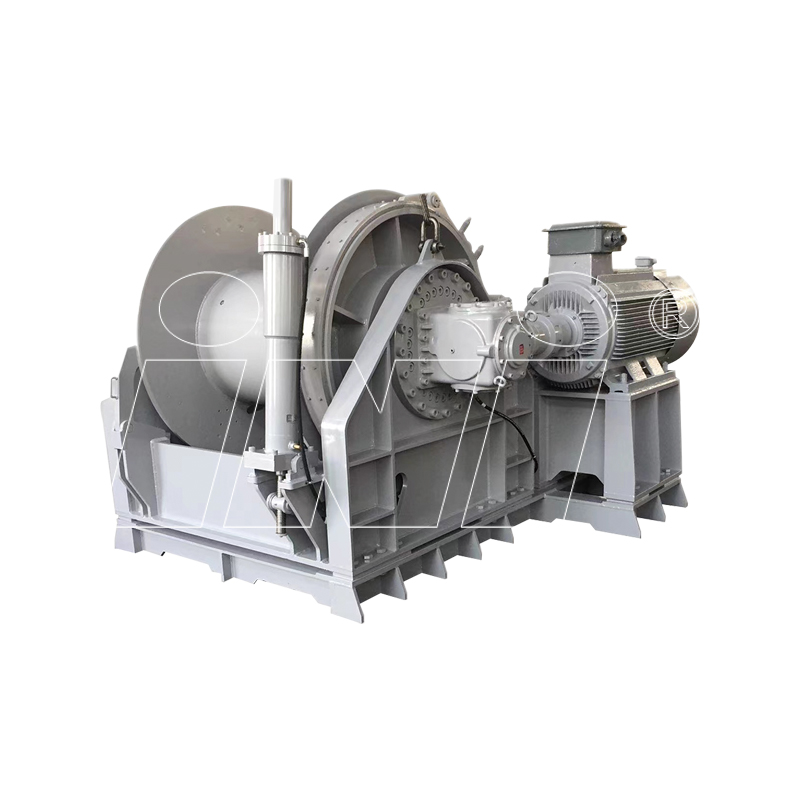

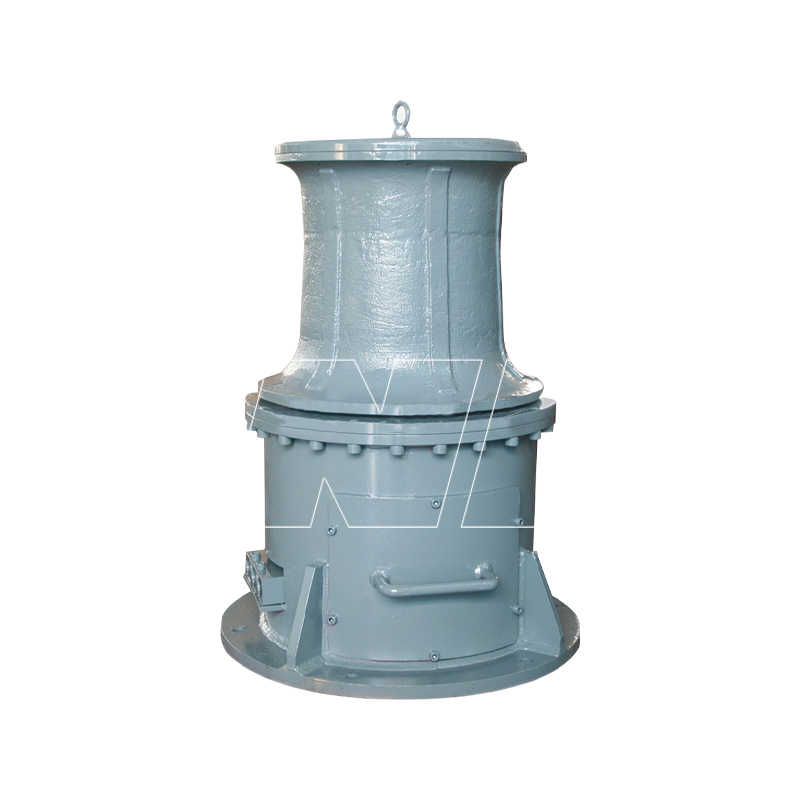

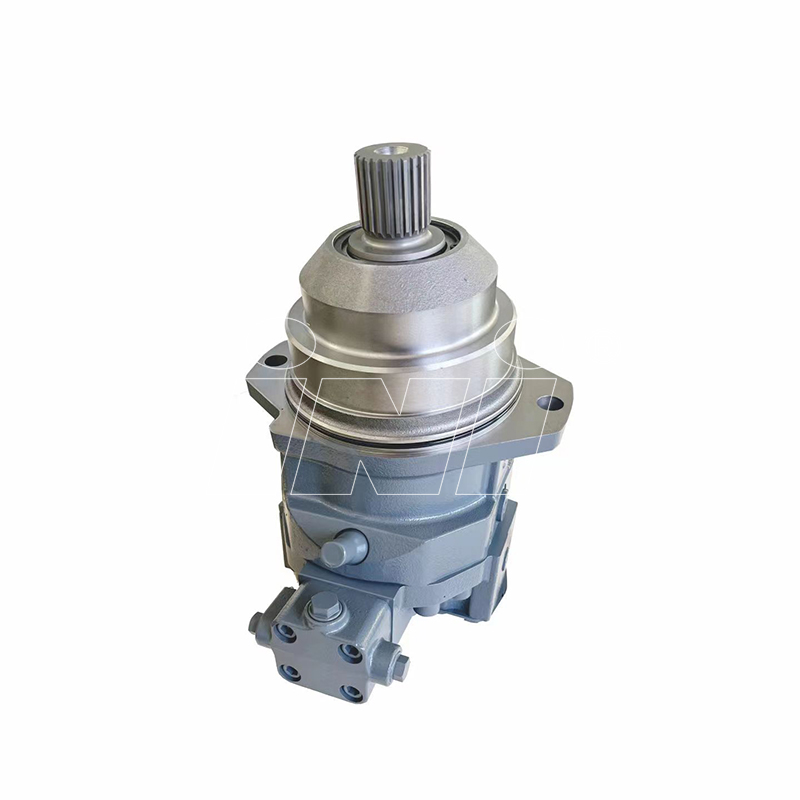

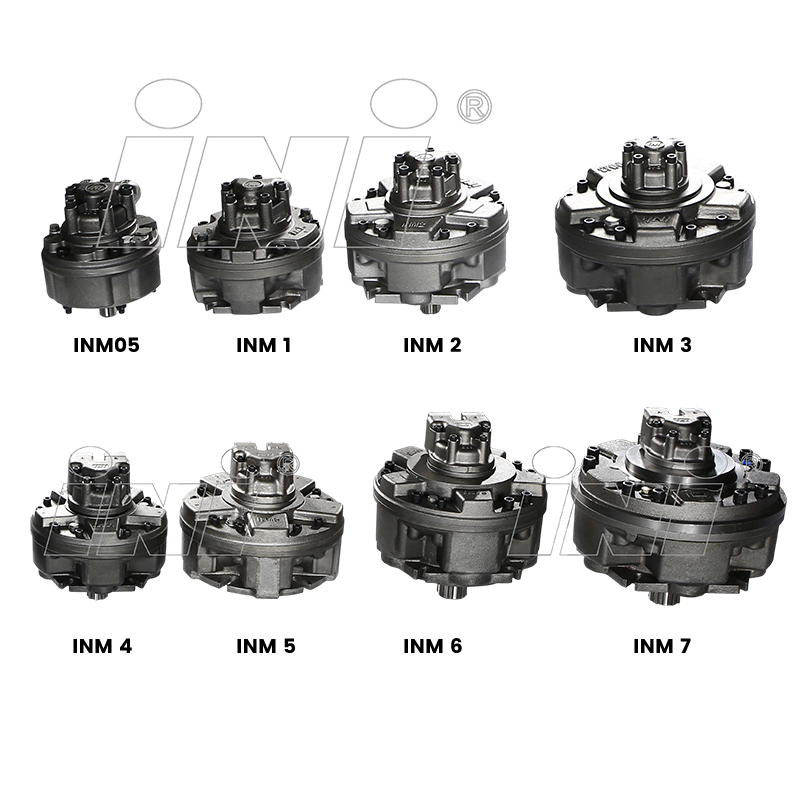

 English
English русский
русский Español
Español
 TOP
TOP